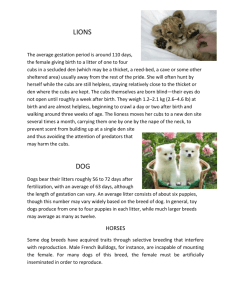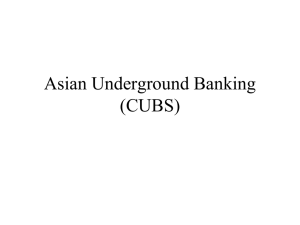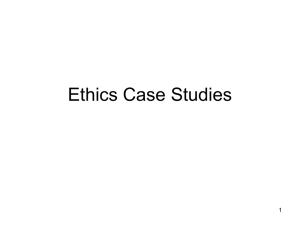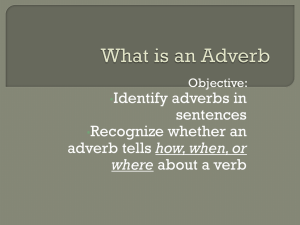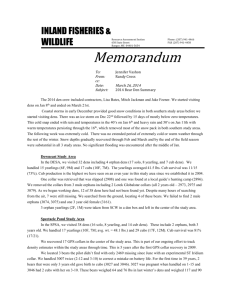Cub Care and research:
advertisement
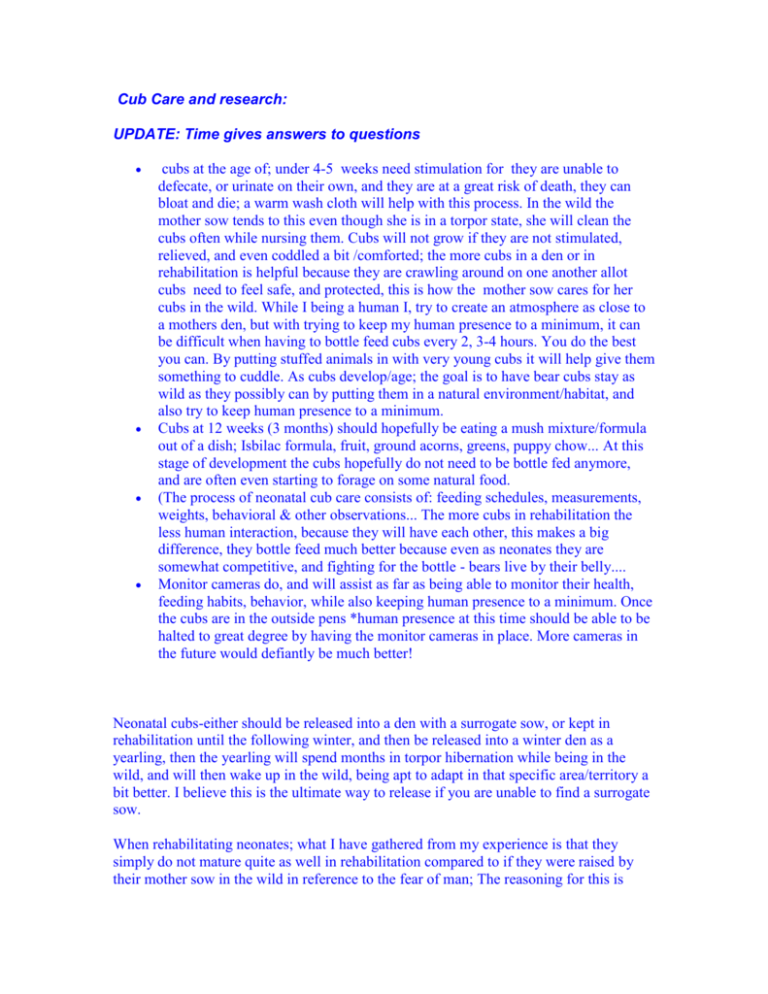
Cub Care and research: UPDATE: Time gives answers to questions cubs at the age of; under 4-5 weeks need stimulation for they are unable to defecate, or urinate on their own, and they are at a great risk of death, they can bloat and die; a warm wash cloth will help with this process. In the wild the mother sow tends to this even though she is in a torpor state, she will clean the cubs often while nursing them. Cubs will not grow if they are not stimulated, relieved, and even coddled a bit /comforted; the more cubs in a den or in rehabilitation is helpful because they are crawling around on one another allot cubs need to feel safe, and protected, this is how the mother sow cares for her cubs in the wild. While I being a human I, try to create an atmosphere as close to a mothers den, but with trying to keep my human presence to a minimum, it can be difficult when having to bottle feed cubs every 2, 3-4 hours. You do the best you can. By putting stuffed animals in with very young cubs it will help give them something to cuddle. As cubs develop/age; the goal is to have bear cubs stay as wild as they possibly can by putting them in a natural environment/habitat, and also try to keep human presence to a minimum. Cubs at 12 weeks (3 months) should hopefully be eating a mush mixture/formula out of a dish; Isbilac formula, fruit, ground acorns, greens, puppy chow... At this stage of development the cubs hopefully do not need to be bottle fed anymore, and are often even starting to forage on some natural food. (The process of neonatal cub care consists of: feeding schedules, measurements, weights, behavioral & other observations... The more cubs in rehabilitation the less human interaction, because they will have each other, this makes a big difference, they bottle feed much better because even as neonates they are somewhat competitive, and fighting for the bottle - bears live by their belly.... Monitor cameras do, and will assist as far as being able to monitor their health, feeding habits, behavior, while also keeping human presence to a minimum. Once the cubs are in the outside pens *human presence at this time should be able to be halted to great degree by having the monitor cameras in place. More cameras in the future would defiantly be much better! Neonatal cubs-either should be released into a den with a surrogate sow, or kept in rehabilitation until the following winter, and then be released into a winter den as a yearling, then the yearling will spend months in torpor hibernation while being in the wild, and will then wake up in the wild, being apt to adapt in that specific area/territory a bit better. I believe this is the ultimate way to release if you are unable to find a surrogate sow. When rehabilitating neonates; what I have gathered from my experience is that they simply do not mature quite as well in rehabilitation compared to if they were raised by their mother sow in the wild in reference to the fear of man; The reasoning for this is because they are being handled by a human/feeding increments-I have feed neonates approximately every 1 to 3, 4 hours. Bear cubs as they develop do have all other natural instincts in place for adapting to a natural habitat such as climbing trees, foraging... After rehabilitating neonatal cubs, and then releasing them at 7-8 months has thus far not been very successful. Take note: They cubs that age have not had the opportunity to go in with other cubs that went into rehab at approximately 3-4 months; this may make all the difference in the world with their behavior; for cubs at the age arriving at 3-4 months have extremely good human avoidance behavior right from the get go, and I keep it that way while they are in the rehabilitation process, and this method has proved to keep human avoidance instincts in place=keeping human presence to a minimum and only having 1 primary caretaker. (Rehabilitating neonates when at 1- 1/2 pounds, and then being released into a winter den the following year as a yearling has worked well, and has proved to be a complete success.) I am not a bear, and there is a big difference with rehabilitation compared to cubs being raised by the mother sow, but what I have gathered is that she is more of a protector than a teacher. The important thing is to put cubs in an environment that is as similar to the wild as possible, so they can learn use their skills, and feel somewhat protected, while following the steps that are necessary for neonatal development, and older cub development. Cubs at the age of approximately 3-4 months can be introduced to climbing trees, foraging, swimming....when a cub/cubs wakes up in the wild with mother sow she is more of a protector than anything, but she still has some influence on the cub/cubs behavior. Cubs are going to make mistakes-they can be clumsy and immature, even when with the mother sow is there, but she can teach them somewhat how to react in different situations such as fear i.e. bears in Maine are seldom to be seen because they are aware of certain dangers, and try to avoid them. Bears get into trouble when being pushed out of territories/ranges- Male yearlings have it tough, because unlike the female offspring they will not typically overlap her same territory/range. The males will have to find their place. Rehabilitated female bears may adapt better than male rehabilitated bears finding their place. Cubs going into rehabilitation at the age of 4 months typically have great skills, they just need to get back on their feet, and mature a bit. By putting cubs in a natural environment it helps to keep their skills in place. Cubs at this age can possibly be released at a younger age i.e. possibly 7, 8, 9, 10, months of age, or of course as a yearling going into a winter den to hibernate- which seems to be successful (this is my preference, and because it is also after the hunting season, it may put the bear at a bit better odds of being able to mature, and also be more aware of its environment. When the yearling wakes form hibernation it will be more apt to adapt to its surroundings, and also other bears that are within the population that exist in that area. Rehabilitated bears have also been successfully released at the age of 16-17 months; this is typical disbursement in the wild when they leave the mother sow. Many Bear rehabilitators prefer this method. I always discuss potential release time with the bear biologist, regarding when bears should possibly be released back to the wild, and I also discuss thoroughly of how a particular bear/bears in rehab are behaving. I always keep them in the loop, and actually leave the release time up to them. I strongly believe wildlife rehabilitators should work closely with the fish & game departments, so biologist can gain an understanding of bear rehabilitation, but also for the rehabilitator to gain knowledge about wildlife management programs. MDIFW will assess bear locational data using the Animal Movement Extension in Arc View and monitoring for any possible conflicts that may/or may not appear between bears and people. MDIFW biologists will assess black bear cubs/yearlings to determine if bears are conditioned to humans. Those that appear to behave similar to wild bear cubs, and/or yearlings will be chemically immobilized by MDIFW biologist and equipped with satellite collars and ear tags.(if granted- Satellite collars will be programmed to obtain multiple fixes each day to track the movement of bear cubs, and/or yearlings after release.) Rehabilitated black bear cubs, and/or yearlings will be released just west of MDIFW’s northern bear telemetry study area as it contains high quality bear habitat and low human densities, and is in close proximity to study area for comparison with cubs born and raised in the wild. Satellite locational data will evaluate cub’s movement patterns, whether they successful settle in an area, and if they are involved in conflicts with people. Similar data will be collected from cubs raised in the wild.

